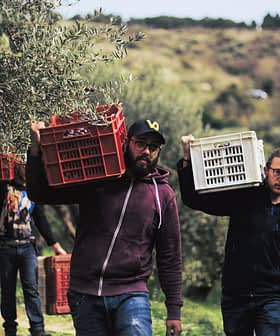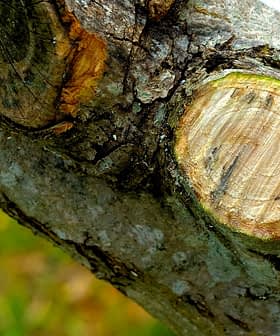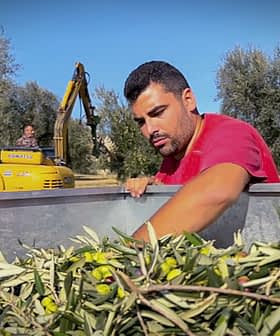Xylella Outbreak in Apulian Buffer Zone Puts Millenary Trees at Risk
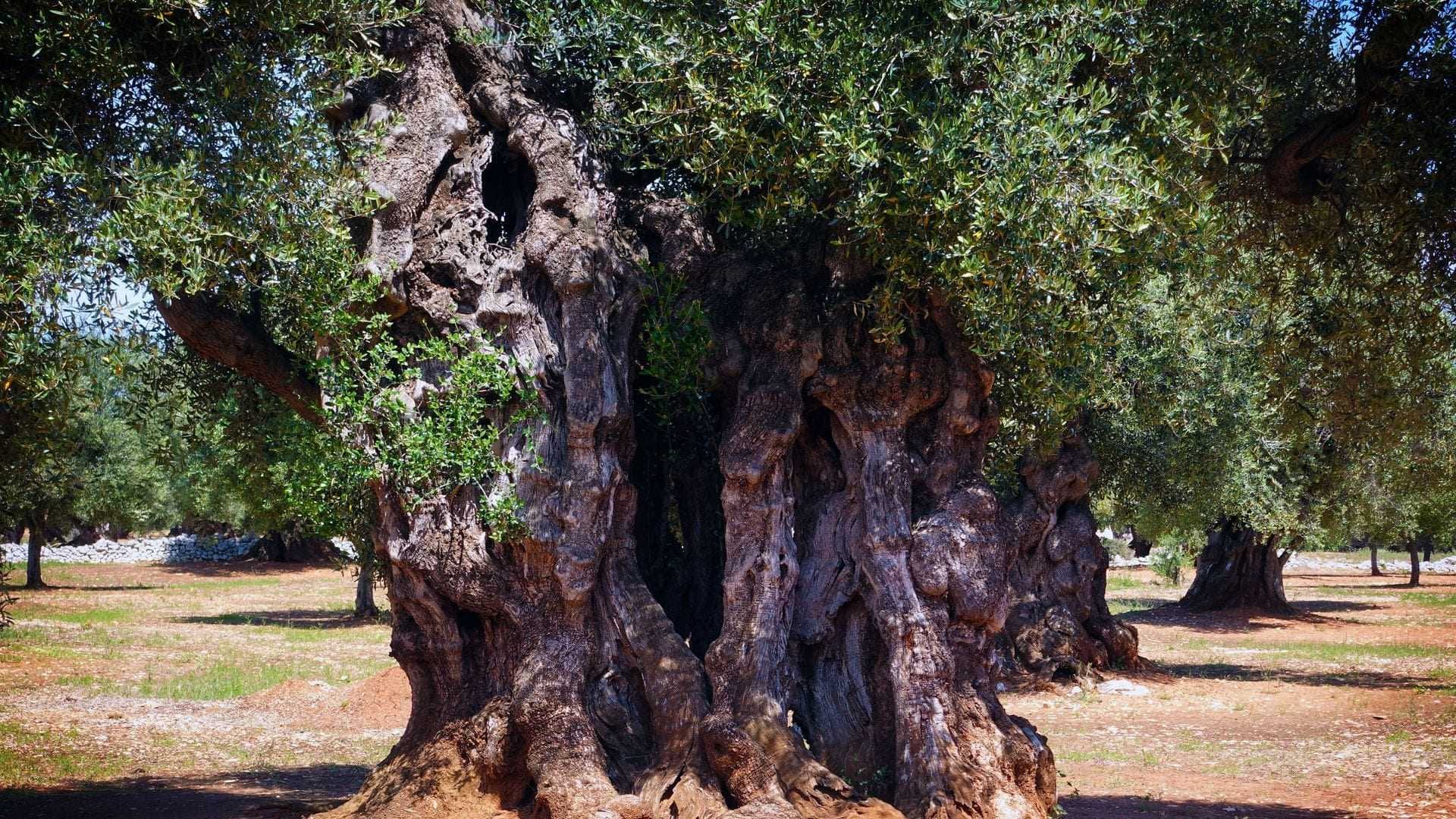
A new outbreak of the deadly plant pathogen Xylella fastidiosa has been discovered in the southern Italian region of Puglia, specifically in the olive trees close to Monopoli, within the epidemic buffer zone. Italian authorities are working to establish a new buffer zone around the infected trees and remove any affected plants to prevent further spread of the disease, which has already caused significant damage in the region and is spreading to other European countries.
One of the most relevant olive oil producing areas in the southern Italian region of Puglia is once again under the attack from Xylella fastidiosa.
A new outbreak of the deadly plant pathogen has been discovered by the Italian authorities in several olive trees close to Monopoli, in what is considered the epidemic buffer zone, a critical monitoring area located between the infected and the safe zones.
There are more than 250,000 olive trees of extraordinary value. We cannot allow this immense heritage to be lost.
“We found the infection spread to 50 olive trees in the Monopoli surroundings,” the Xylella experts from the Regional Agency of Water and Forestry (Arif) wrote.
“The olive trees are part of the buffer zone that lies along Road 16,” the agency’s scientists added. “They are part of the monumental olive tree valley, which is the coastal Adriatic strip (of trees) that passes from north to south through the safe zone, the buffer zone, the containment and the infected areas.”
See Also:Xylella Fastidiosa Arrives in Third French RegionThe presence of the bacteria in that location is unprecedented. Apulian governor Michele Emiliano said that the new infections are “another confirmation that this disease spreads in an unpredictable way, with outbreaks popping up in the middle of areas where the infection level until that moment is considered very low or non-existent.”
“It is the first time that we find infected trees in the buffer zone, in its northern border, just by the safe zone,” the scientists from Arif added. “One of those trees is actually part of what we considered the safe zone.”
The scientists emphasized how the proximity of the infected area to Road 16 suggests that the road may have played a role in the outbreak of the Xylella in this new area.
The spittlebug, one of the main vectors of the disease, is notoriously attracted to cars and is often moved around the region by means of human transportation.
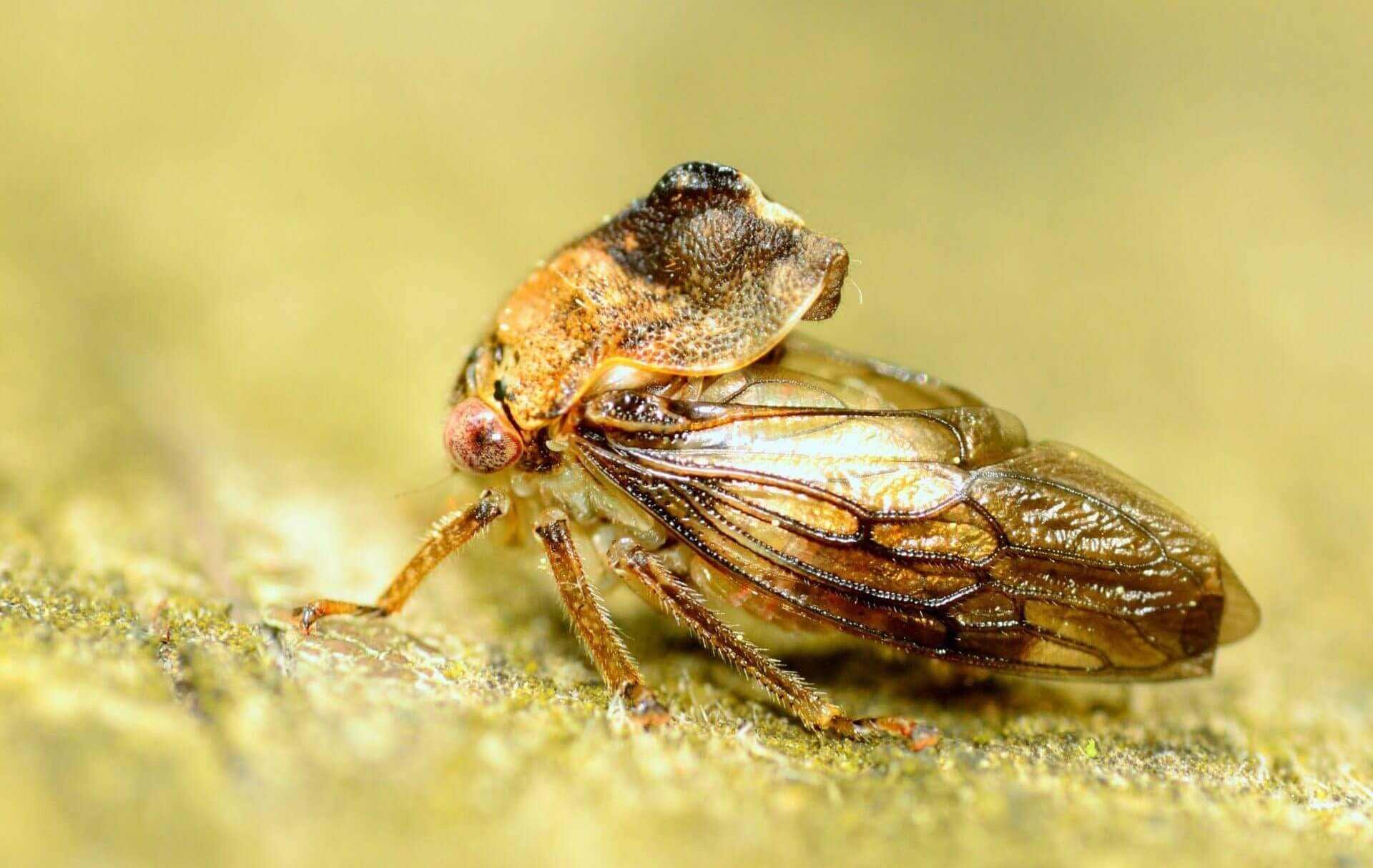
The spittlebug
Researchers are now at work to measure the scope of the outbreak and establish a new buffer zone around the infected trees. Examinations of samples has already begun.
As prescribed by the European Union’s Xylella containment measures, those analyses will identify which trees and other plants have to be removed in the area and lead to the establishment of a redefined buffer zone.
The local authorities stressed that the monitoring operations in the surroundings are now being extended beyond the prescribed 100-meter (330-foot) radius around the infected plants.
“The outbreak has been discovered thanks to the annual monitoring operations that already led to the examination of more than 100,000 samples, of which only 149 have been found to be infected,” the Arif scientists said.
The latest outbreak comes as the tree removal operations are underway in the nearby areas of Ostuni, Fasano and Cisternino, where almost 80 infected trees were identified in the past few weeks.
The local branch of the farmers association, Coldiretti, asked that the new outbreak, which is directly menacing the region’s famed millenary olive trees, push all interested parties toward a new approach.
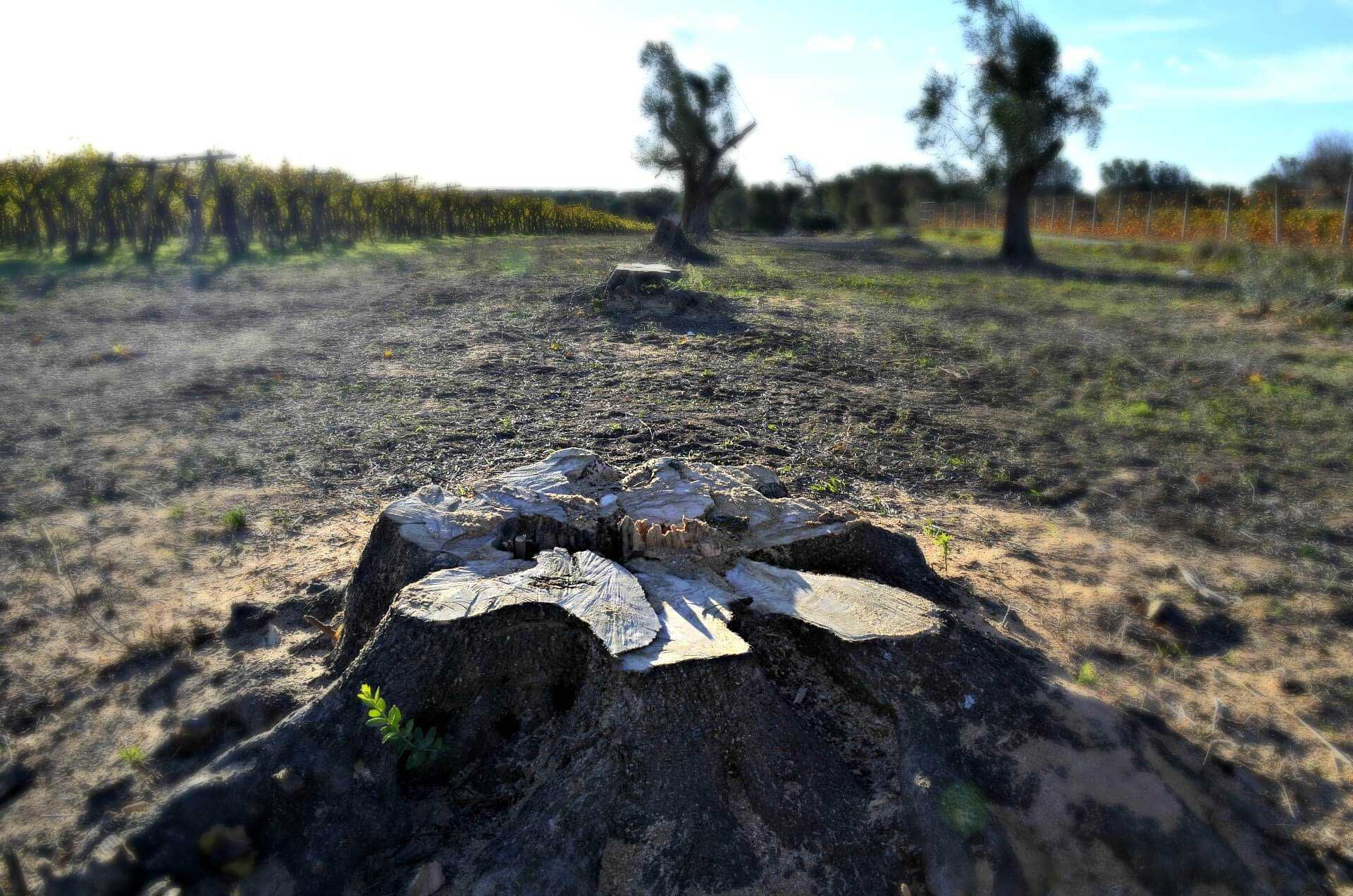
Cain Bardeau for Olive Oil Times
“In Fasano, Ostuni, Carovigno and Monopoli, there are more than 250,000 olive trees, of extraordinary value, considered by UNESCO for its world heritage list,” the Coldiretti Puglia president, Savino Muraglia, said. “We cannot allow this immense heritage to be lost.”
Coldiretti has already been critical of the authorities’ efforts to stem the spread of the disease and said “there is still no shared strategy among regional, national and European authorities to stop the disease.”
In the last six years, Xylella fastidiosa has impacted olive orchards across the region, causing €1.6 billion (almost $1.9 billion) worth of damage.
According to Coldiretti, the disease continues to spread northward in Italy and the European Food Safety Authority has also warned of new outbreaks that are taking place in other member states, including France, Spain, Portugal and Germany.


